Recommendations for restaurants near Arco de Rua Augusta with the highest ratings on Tripadvisor.
- A Minhota da Prata (Mediterranean, European, Portuguese)
- Pizzeria Romana al Taglio BIO (Italian, Pizza, Fast food, Roman, Lazio)
- RIB Beef & Wine (Steakhouse, International, Grill)
- STŌ Mercearia (Portuguese)
- Fragoleto Ice Cream




Touch each icon to get the information.
How to get there
1. Bus 714: This route connects Lisbon Airport with Praça do Comércio, passing through the city center and Avenida da Liberdade. View bus stops on the map
2. Bus 728: This route runs from Martim Moniz to Praça do Comércio, passing through Santa Apolónia train station and the Alfama district.View bus stops on the map
3. Bus 732: This route connects Oriente Station with Praça do Comércio, passing through Avenida Infante Dom Henrique and the Parque das Nações area.View bus stops on the map
4. Bus 737: This route goes from Campolide to Praça do Comércio, passing through Marquês de Pombal and Avenida da Liberdade. View bus stops on the map
5. Bus 746: This route connects Belém train station with Praça do Comércio, passing through Belém Tower and Jerónimos Monastery.View bus stops on the map
These are just a few bus routes you can use to reach Praça do Comércio in Lisbon. Please note that bus numbers and routes are subject to change, so it’s advisable to check updated information before planning your trip. You can visit the official website of Lisbon’s public transportation operator for more details and accurate timetables.
Download PDF of bus routes and stops
Scenario 1: If you are on the Red Line (Linha Vermelha) –
Head in the direction of São Sebastião.
Transfer at Alameda station to the Green Line (Linha Verde).
Continue on the Green Line towards Cais do Sodré.
Get off at Baixa-Chiado station.
Exit the metro station and follow the signs that guide you to Rua Augusta.
Walk along Rua Augusta until you reach Praça do Comércio.
Continue straight and you will see Arco da Rua Augusta at the end of Rua Augusta.
Scenario 2: If you are on the Blue Line (Linha Azul) –
Head in the direction of Santa Apolónia.
Transfer at Baixa-Chiado station to the Green Line (Linha Verde).
Continue on the Green Line towards Cais do Sodré.
Get off at Baixa-Chiado station.
Exit the metro station and follow the signs that guide you to Rua Augusta.
Walk along Rua Augusta until you reach Praça do Comércio.
Continue straight and you will see Arco da Rua Augusta at the end of Rua Augusta.
Scenario 3: If you are on the Yellow Line (Linha Amarela) –
Head in the direction of Rato.
Transfer at Marquês de Pombal station to the Blue Line (Linha Azul).
Head in the direction of Santa Apolónia.
Transfer at Baixa-Chiado station to the Green Line (Linha Verde).
Continue on the Green Line towards Cais do Sodré.
Get off at Baixa-Chiado station.
Exit the metro station and follow the signs that guide you to Rua Augusta.
Walk along Rua Augusta until you reach Praça do Comércio.
Continue straight and you will see Arco da Rua Augusta at the end of Rua Augusta.
Remember, once you arrive at the respective station, follow the previously mentioned directions to reach Rua Augusta by metro.

Above in the photo gallery you will find the map in real size.
Note: Please use the following instructions only if you are located on the outskirts of Lisbon. If you are already in the city center or following itinerary number 1, please disregard these train directions.
From any point on the line heading to Santa Apolónia:
Take the train towards Santa Apolónia.
Get off at Santa Apolónia station.
Inside Santa Apolónia station, look for the entrance to the metro (blue line).
Take the metro towards Baixa-Chiado.
Get off at Baixa-Chiado station.
Exit the metro station and follow the signs directing you to Rua Augusta.
Walk along Rua Augusta until you reach the Praça do Comércio.
Continue straight and you will see the Arco da Rua Augusta at the end of Rua Augusta.
From any point on the Cascais line:
Take the train on the Cascais line heading to Cais do Sodré.
Get off at Cais do Sodré station.
From Cais do Sodré station, take the metro (green line) towards Baixa-Chiado.
Get off at Baixa-Chiado station.
Exit the metro station and follow the signs directing you to Rua Augusta.
Walk along Rua Augusta until you reach the Praça do Comércio.
Continue straight and you will see the Arco da Rua Augusta at the end of Rua Augusta.
From any point on the Sintra line:
Take the train on the Sintra line heading to Rossio.
Get off at Rossio station.
Follow the signs directing you to Rua Augusta.
Walk along Rua Augusta until you reach the Praça do Comércio.
Continue straight and you will see the Arco da Rua Augusta at the end of Rua Augusta.
Please note that once you arrive at the respective station, you should follow the previously mentioned directions to reach Rua Augusta.
Explore the beauty of the Rua Augusta Arch easily.
Just click on the “Take me to the Rua Augusta Arch” button below and the Google Maps application will automatically open on your mobile device or computer.
The starting location will already be set, so you just follow the Google Maps directions step by step. Enjoy a hassle-free ride as we guide you through the best routes to this iconic Lisbon square. Exploring the city couldn’t be easier with the help of Google Maps”.
Once you arrive at the site, listen to a brief explanation of the history of the place.
- Audio in English
- Audio en français
- Audio en Español
- Audio auf Deutsch








Choose Your Language.
- Languages
- Reading in English
- Lire en Français
- Lectura en Español
- Lesen auf Deutsch
The Arco da Rua Augusta, located in the heart of Lisbon, is a significant historical landmark that embodies the city’s rich heritage. Constructed in the 19th century, the arch stands as a symbol of Lisbon’s resilience and reconstruction following the devastating earthquake of 1755.
The arch was designed by architect Santos de Carvalho in the Neoclassical style, showcasing intricate details and a grandiose façade. It was constructed as a tribute to the city and to mark the entrance to Rua Augusta, one of Lisbon’s most prominent streets.
Historically, the Arco da Rua Augusta has witnessed numerous important events. It has been a focal point for celebrations, parades, and ceremonies, serving as a gathering place for locals and tourists alike. The arch has become an iconic meeting spot, bustling with activity and contributing to the vibrant atmosphere of the surrounding area.
Beyond its architectural significance, the Arco da Rua Augusta holds cultural importance. It represents the resilience and rebirth of Lisbon, showcasing the city’s ability to overcome adversity. Its construction stands as a testament to the city’s commitment to preserving its historical heritage and embracing its future.
Visitors to the Arco da Rua Augusta can explore its interior and ascend to the observation deck, offering panoramic views of Lisbon’s captivating skyline. Inside, there is an exhibition that delves into the history and construction of the arch, providing a deeper understanding of its cultural and architectural significance.
The Arco da Rua Augusta continues to be a beloved landmark in Lisbon, attracting visitors from all over the world. Its imposing presence, combined with its historical and cultural significance, make it a must-visit destination for those exploring the city.
Whether you are drawn to its architectural grandeur, its historical importance, or simply the lively atmosphere that surrounds it, the Arco da Rua Augusta is a captivating symbol of Lisbon’s past and present. Embrace the opportunity to experience the rich history and cultural heritage that this remarkable arch represents.
L’Arco da Rua Augusta, situé au cœur de Lisbonne, est un monument historique d’une grande importance qui incarne la riche histoire de la ville. Construit au XIXe siècle, cet arc est le symbole de la résilience et de la reconstruction de Lisbonne après le dévastateur tremblement de terre de 1755.
L’arche a été conçue par l’architecte Santos de Carvalho dans le style néoclassique, avec des détails élaborés et une façade imposante. Elle a été érigée en hommage à la ville et pour marquer l’entrée de la Rua Augusta, l’une des artères les plus importantes de Lisbonne.
Au fil de l’histoire, l’Arco da Rua Augusta a été le témoin de nombreux événements marquants. Il a été le point de ralliement pour les célébrations, les défilés et les cérémonies, réunissant les habitants et les touristes. L’arche est devenue un lieu emblématique, animé d’une activité incessante, contribuant à l’atmosphère vibrante de la zone environnante.
Au-delà de sa signification architecturale, l’Arco da Rua Augusta revêt une importance culturelle. Il représente la résilience et la renaissance de Lisbonne, témoignant de la capacité de la ville à surmonter l’adversité. Sa construction est la preuve de l’attachement de Lisbonne à préserver son patrimoine historique tout en embrassant l’avenir.
Les visiteurs de l’Arco da Rua Augusta peuvent explorer son intérieur et monter jusqu’à la terrasse d’observation offrant des vues panoramiques sur le magnifique paysage urbain de Lisbonne. À l’intérieur, une exposition permet de plonger dans l’histoire et la construction de l’arche, offrant une compréhension approfondie de son importance culturelle et architecturale.
L’Arco da Rua Augusta continue d’être un monument apprécié à Lisbonne, attirant des visiteurs du monde entier. Sa présence imposante, associée à son importance historique et culturelle, en fait une destination incontournable pour ceux qui explorent la ville.
Que vous soyez attiré par sa grandeur architecturale, son importance historique ou simplement par l’atmosphère animée qui l’entoure, l’Arco da Rua Augusta est un symbole captivant du passé et du présent de Lisbonne. Profitez de l’occasion pour découvrir l’histoire riche et le patrimoine culturel que cette remarquable arche représente.
El Arco de la Rua Augusta, ubicado en el corazón de Lisboa, es un importante monumento histórico que encarna la rica historia de la ciudad. Construido en el siglo XIX, este arco es el símbolo de la resiliencia y reconstrucción de Lisboa tras el devastador terremoto de 1755.
El arco fue diseñado por el arquitecto Santos de Carvalho en estilo neoclásico, con detalles elaborados y una imponente fachada. Fue erigido como un homenaje a la ciudad y para marcar la entrada a la Rua Augusta, una de las calles más destacadas de Lisboa.
A lo largo de la historia, el Arco de la Rua Augusta ha sido testigo de numerosos eventos significativos. Ha sido punto de encuentro para celebraciones, desfiles y ceremonias, congregando a locales y turistas por igual. El arco se ha convertido en un lugar emblemático, lleno de actividad, contribuyendo a la vibrante atmósfera de la zona circundante.
Más allá de su significado arquitectónico, el Arco de la Rua Augusta posee una importancia cultural. Representa la resiliencia y el renacimiento de Lisboa, siendo un testimonio de la capacidad de la ciudad para superar la adversidad. Su construcción demuestra el compromiso de Lisboa por preservar su patrimonio histórico y abrazar el futuro.
Los visitantes del Arco de la Rua Augusta pueden explorar su interior y ascender hasta la plataforma de observación, que ofrece vistas panorámicas del hermoso paisaje urbano de Lisboa. En su interior, hay una exposición que profundiza en la historia y construcción del arco, brindando una comprensión más completa de su importancia cultural y arquitectónica.
El Arco de la Rua Augusta sigue siendo un monumento querido en Lisboa, atrayendo a visitantes de todo el mundo. Su imponente presencia, junto con su importancia histórica y cultural, lo convierten en un destino imperdible para aquellos que exploran la ciudad.
Ya sea que te sientas atraído por su grandeza arquitectónica, su importancia histórica o simplemente por la animada atmósfera que lo rodea, el Arco de la Rua Augusta es un símbolo cautivador del pasado y presente de Lisboa. Aprovecha la oportunidad para descubrir la rica historia y el patrimonio cultural que esta notable arquería representa.
Der Arco da Rua Augusta, der sich im Herzen von Lissabon befindet, ist ein bedeutendes historisches Denkmal, das die reiche Geschichte der Stadt verkörpert. Er wurde im 19. Jahrhundert erbaut und symbolisiert die Widerstandsfähigkeit und den Wiederaufbau von Lissabon nach dem verheerenden Erdbeben von 1755.
Der Bogen wurde vom Architekten Santos de Carvalho im neoklassischen Stil entworfen und beeindruckt mit aufwendigen Details und einer imposanten Fassade. Er wurde als Hommage an die Stadt errichtet und markiert den Eingang zur Rua Augusta, einer der bekanntesten Straßen Lissabons.
Im Laufe der Geschichte hat der Arco da Rua Augusta zahlreiche wichtige Ereignisse miterlebt. Er diente als Treffpunkt für Feierlichkeiten, Paraden und Zeremonien und zog Einheimische und Touristen gleichermaßen an. Der Bogen ist zu einem markanten Wahrzeichen geworden, das von lebendiger Aktivität und der pulsierenden Atmosphäre der Umgebung geprägt ist.
Über seine architektonische Bedeutung hinaus hat der Arco da Rua Augusta auch kulturelle Relevanz. Er steht für den Wiederaufbau und die Renaissance von Lissabon und zeugt von der Fähigkeit der Stadt, sich nach widrigen Umständen neu zu erfinden. Seine Errichtung verdeutlicht das Engagement von Lissabon, sein historisches Erbe zu bewahren und gleichzeitig die Zukunft zu gestalten.
Besucher des Arco da Rua Augusta können das Innere erkunden und zur Aussichtsplattform gelangen, von der aus sie einen beeindruckenden Panoramablick auf die malerische Skyline von Lissabon genießen können. Im Inneren befindet sich zudem eine Ausstellung, die die Geschichte und den Bau des Bogens näher beleuchtet und einen tieferen Einblick in seine kulturelle und architektonische Bedeutung bietet.
Der Arco da Rua Augusta ist nach wie vor eine beliebte Sehenswürdigkeit in Lissabon und zieht Besucher aus der ganzen Welt an. Seine imposante Präsenz, verbunden mit seiner historischen und kulturellen Bedeutung, machen ihn zu einem Muss für alle, die die Stadt erkunden.
Egal, ob Sie von seiner architektonischen Größe, seiner historischen Bedeutung oder einfach von der lebendigen Atmosphäre, die ihn umgibt, angezogen werden – der Arco da Rua Augusta ist ein faszinierendes Symbol für die Vergangenheit und Gegenwart von Lissabon. Nutzen Sie die Gelegenheit, um die reiche Geschichte und das kulturelle Erbe zu erleben, das dieser bemerkenswerte Bogen verkörpert.
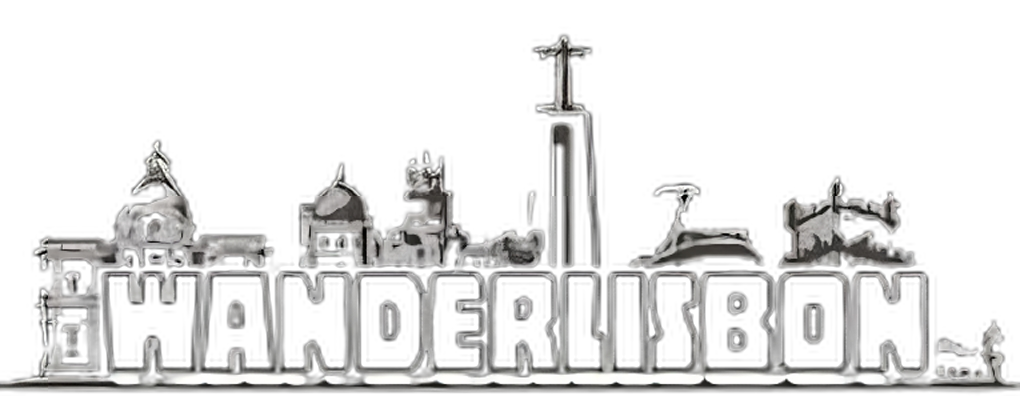
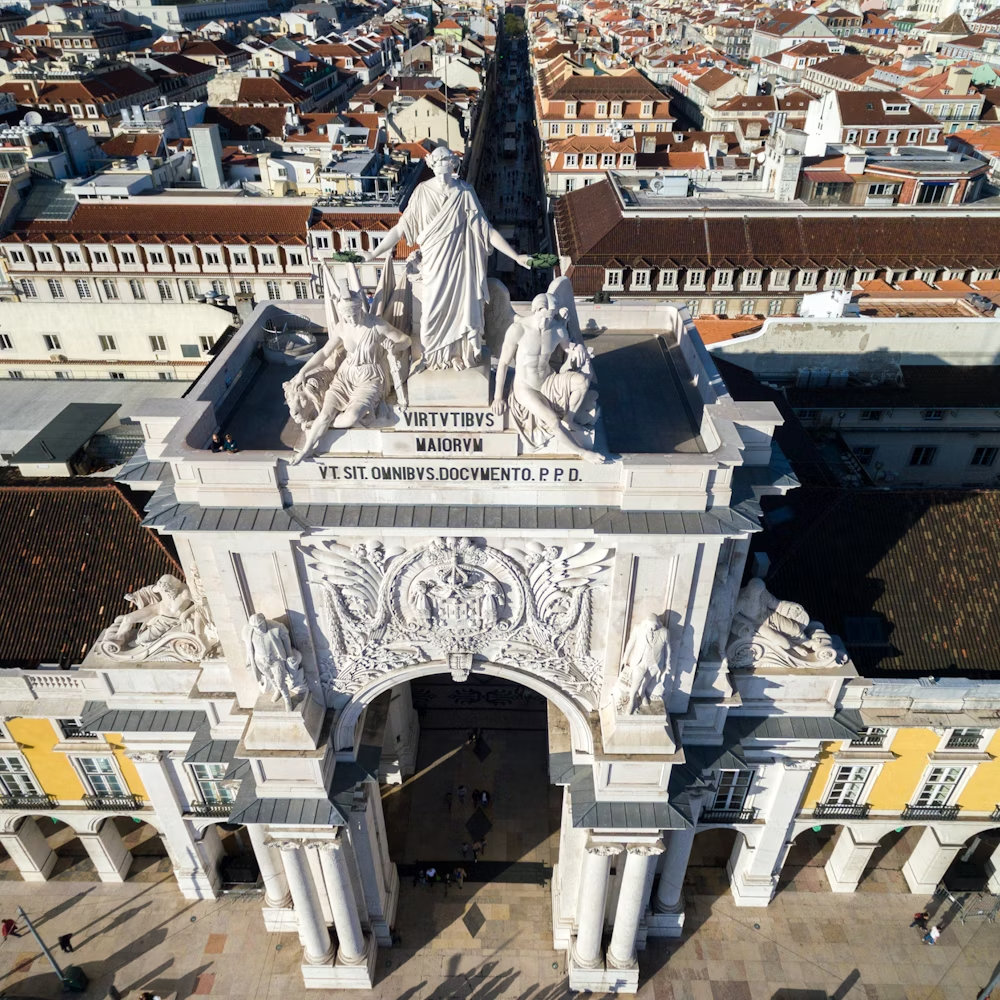

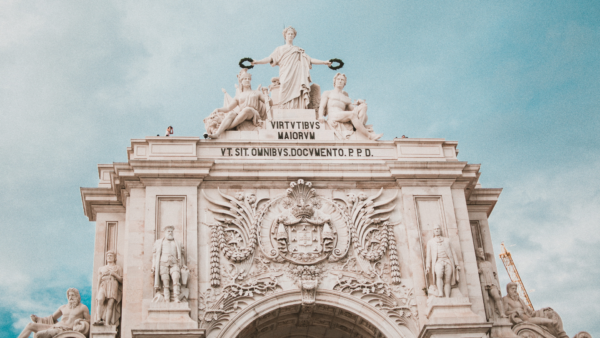
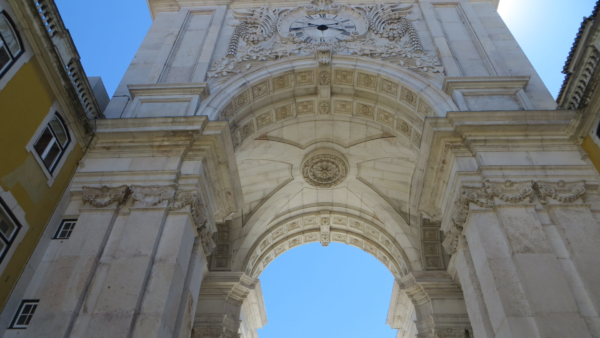
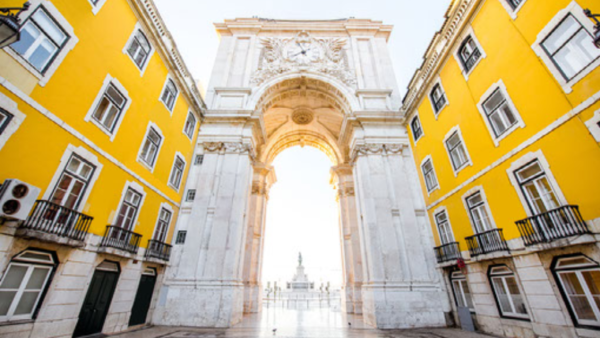


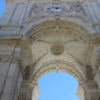






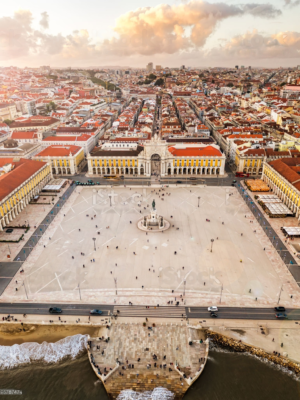
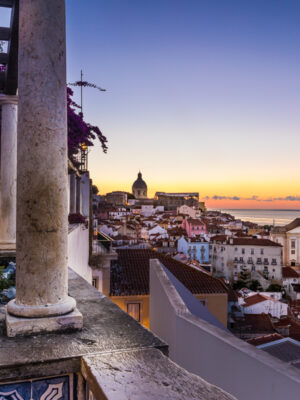
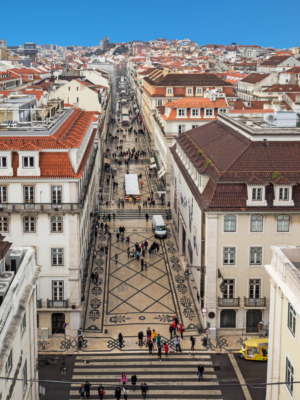
Reviews
There are no reviews yet.